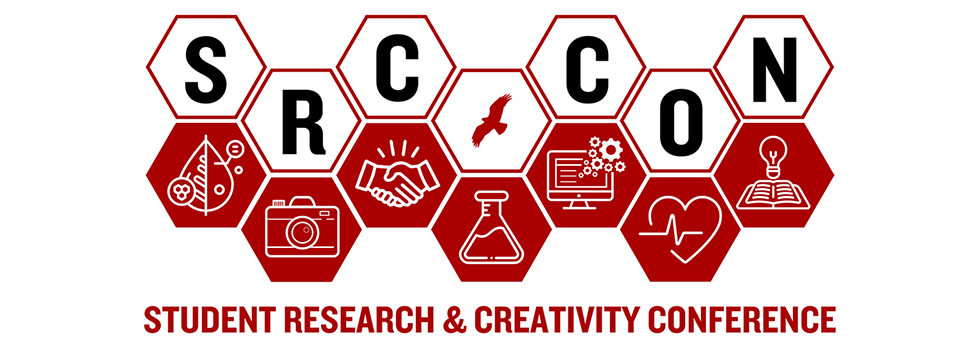Intellectual Property and the Separation of Traditional vs. AI Art
Faculty Information
Tara Roth | Course: UCOR 1100 | Completed project
Presentation Type
Group or Panel
Presentation Format
Oral presentation
Start Date
10-5-2024 3:00 PM
End Date
10-5-2024 4:00 PM
Abstract or artist statement
The use of artificial intelligence has only recently risen to prominence in the artistic community, but it has quickly become a divisive issue. Today, anyone can generate art by simply feeding a prompt into an AI model. While generative art is fairly innocent on the surface, problems arise in the context of attribution and how AI impacts traditional artists. Generative AI models are typically trained on massive amounts of data; photographs, digital artworks, paintings, and more, all of which must originate from somewhere. Many artists argue that their artworks are being stolen to train AI models , which are then being used by their competitors, self-proclaimed “AI artists” to generate incredibly realistic pieces. Image-based platforms such as Pinterest are filled to the brim with AI-generated images, often entirely indistinguishable from authentic creative works. Furthermore, it is hard to ascertain whether AI models produce original pieces of art or simply copy elements and patterns found within the training data. Regardless, it is undeniable that artists ultimately occupy the same niche as generative AI. These models threaten traditional artists' livelihoods in a variety of ways due to their efficiency and convenience, allowing moral individuals to use these models unchecked for personal gain. Recently, some companies have looked into protecting traditional artists. However, protecting artists' intellectual property rights should be standard practice when it comes to generative algorithms. Artists whose works are utilized without consent should have the right to prevent companies from using their work or receive compensation in return, because generative art algorithms heavily rely on the creativity of artists for their functionality; without proper recompense, artists face lack of credit and control of their intellectual property as well as potential threats to their careers. Art generated by artificial intelligence should not be judged alongside traditional art because the method of creating AI-generated art is too different from traditional processes and evaluation of AI art can be easily biased and does not concern the same values and criteria as traditional art.
Keywords: art, artificial intelligence
Intellectual Property and the Separation of Traditional vs. AI Art
The use of artificial intelligence has only recently risen to prominence in the artistic community, but it has quickly become a divisive issue. Today, anyone can generate art by simply feeding a prompt into an AI model. While generative art is fairly innocent on the surface, problems arise in the context of attribution and how AI impacts traditional artists. Generative AI models are typically trained on massive amounts of data; photographs, digital artworks, paintings, and more, all of which must originate from somewhere. Many artists argue that their artworks are being stolen to train AI models , which are then being used by their competitors, self-proclaimed “AI artists” to generate incredibly realistic pieces. Image-based platforms such as Pinterest are filled to the brim with AI-generated images, often entirely indistinguishable from authentic creative works. Furthermore, it is hard to ascertain whether AI models produce original pieces of art or simply copy elements and patterns found within the training data. Regardless, it is undeniable that artists ultimately occupy the same niche as generative AI. These models threaten traditional artists' livelihoods in a variety of ways due to their efficiency and convenience, allowing moral individuals to use these models unchecked for personal gain. Recently, some companies have looked into protecting traditional artists. However, protecting artists' intellectual property rights should be standard practice when it comes to generative algorithms. Artists whose works are utilized without consent should have the right to prevent companies from using their work or receive compensation in return, because generative art algorithms heavily rely on the creativity of artists for their functionality; without proper recompense, artists face lack of credit and control of their intellectual property as well as potential threats to their careers. Art generated by artificial intelligence should not be judged alongside traditional art because the method of creating AI-generated art is too different from traditional processes and evaluation of AI art can be easily biased and does not concern the same values and criteria as traditional art.
Keywords: art, artificial intelligence

